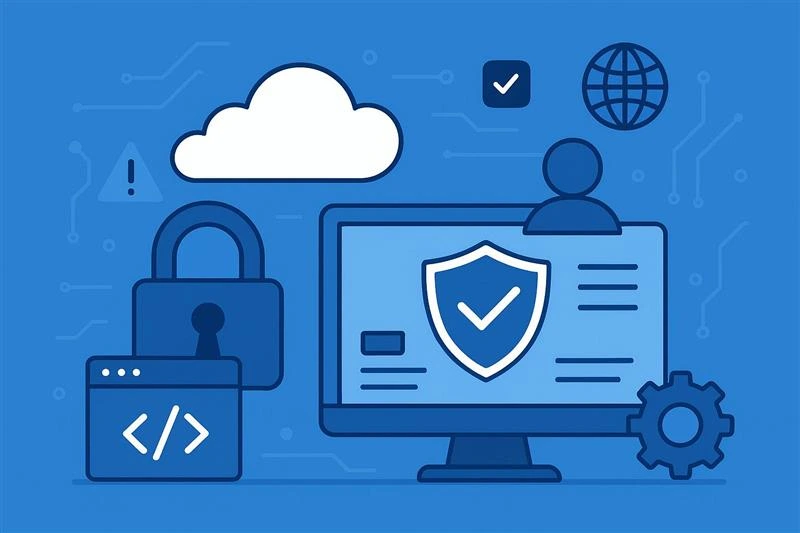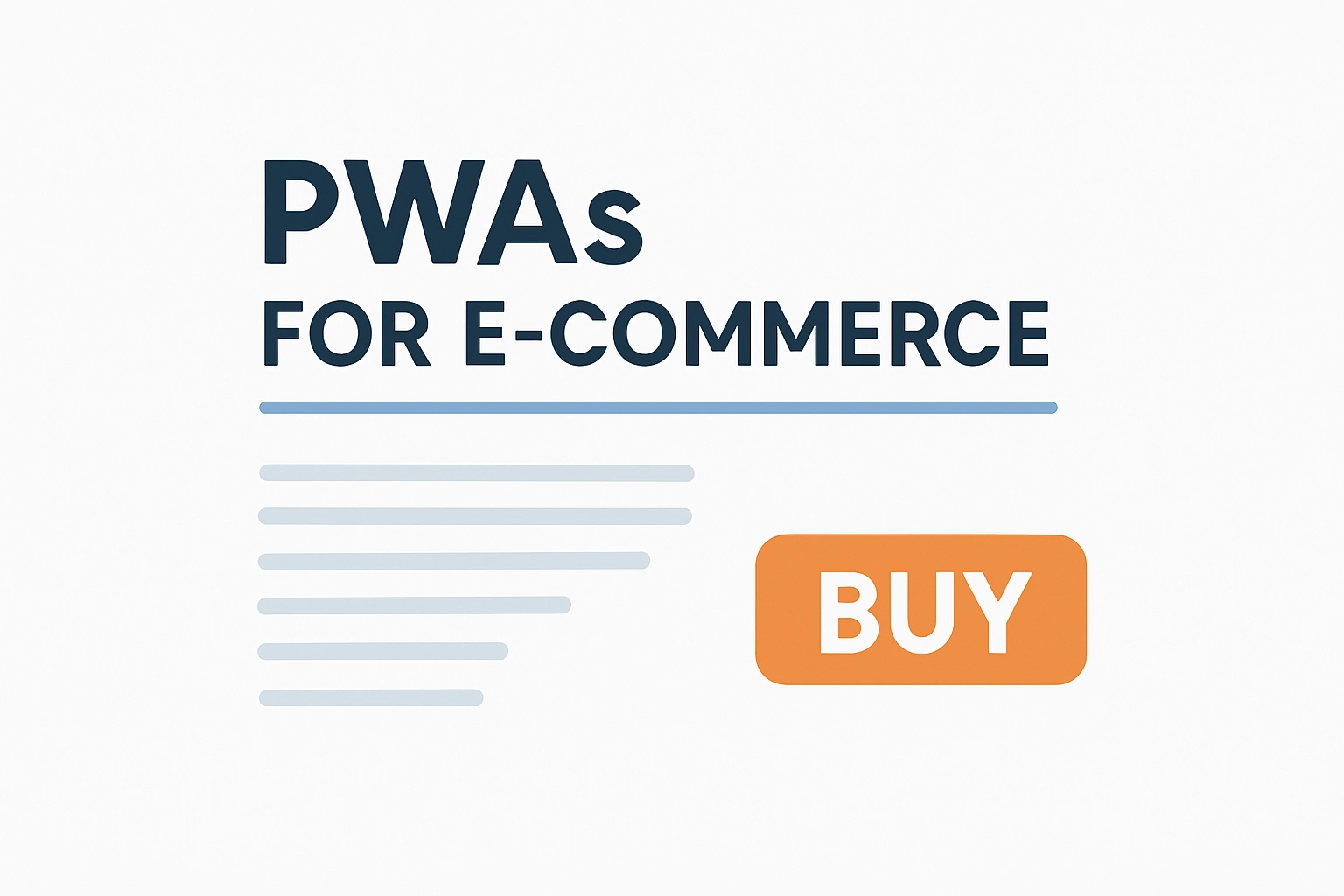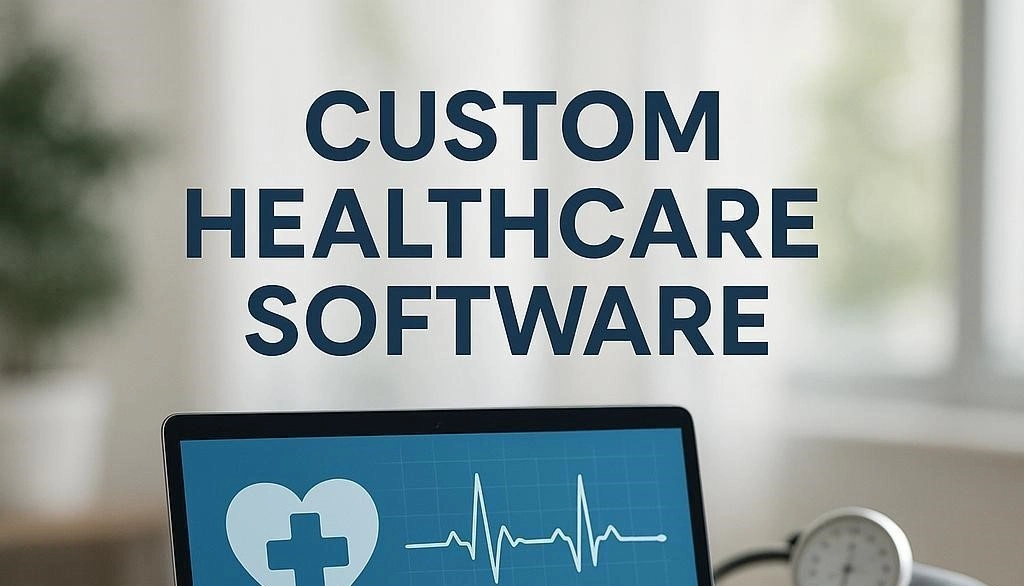Next‑Gen Secure Cloud Migration: Multi‑Cloud & Zero‑Trust Best Practices
03 Sep 2025Why Cloud Migration Demands a Security-First Approach
Cloud migration today is not the same as it was two years back. Clouding it in 2025 is about balancing innovation and security and compliance as the final goals. Cutting corners is no longer viable—organizations must adopt the security-first approach from the start. The increasingly complex threat environment and stricter regulation mean that companies are no longer able to simply lift and shift their applications. Instead, they have to build cloud platforms that are compliant, secure, and which adapt as business needs dictate.
What's Changed: AWS 7 Rs vs 2025 Needs
AWS' ever popular 7 Rs—rehost, refactor, re-platform, relocate, repurchase, retire, and retain—have been a great framework for many years. But today, they are not entirely conforming to the new security and compliance needs. Rehosting is fast but can pass through risks unless security controls are renewed. Refactoring uncovers cloud-native functions but entails careful planning to be compliant. The concept is that cloud migrations today require a twin security and compliance approach in addition to technical controls. Companies must shift perspectives on what gets the job done today and embrace continuous security automation and risk management to meet 2025 needs.
Rehost, Refactor, Re-platform—and That Is Not Enough
While rehosting, refactoring, and re-platforming are still necessary migration options, they fall short when used individually without redundant security and compliance controls. A lift-and-shift might move data quickly but does not go very far in reducing attack surfaces. Refactoring is tedious labor to re-architect applications securely, and re-platforming will typically require additional vetting to ensure compliance models hold up. To succeed in today's world, organizations must adopt a more integrated approach—one that combines zero trust concepts, identity-driven access controls, and network segmentation to ensure security becomes an inherent part of every migration choice.
The Emergence of Multi-Cloud Architecture
Avoiding vendor lock-in is a primary reason multi-cloud initiatives are more mainstream than ever. Instead of locking into a single provider for all functions, enterprises are spreading workloads across multiple cloud providers—blending capability and building redundancy for failures. Hybrid cloud integration is also at work here since it allows firms to host mission-critical workloads in their own data centers or private clouds and leverage multiple public cloud providers for diversity. Not only does this multi-cloud approach enhance agility, but it also enables regulatory requirements such as data residency limitations. It requires architecting for portability and interoperability to gain benefit from all of this without creating complexity or putting security loopholes at risk.
Zero Trust as a Default Security Model
Traditional perimeter-based security models won't cut it in a multi-cloud world. The zero trust architecture flips that assumption on its head. Instead of trusting users or devices because they are inside a network, zero trust requires ongoing authentication. Identity-first access control maintains permissions firmly in control based on who the user is and where each request is being made from. Micro-segmentation limits laterally moving threats by isolating workloads into compartments. Policy responds dynamically on the fly based on device health, geography, and behavior, resulting in adaptive security. Zero trust-enabled companies as they transition create an omnipresent security fabric that is protecting distributed workloads and data across multiple cloud environments at all times.
Compliance & Regulatory Alignment
Compliance isn't something to check off after migration completion—it must be integrated into the migration plan. Regimes such as HIPAA, SOC 2, and GDPR have strict controls around data security and operation security. Cloud providers offer tools that make it easier to meet these requirements, but compliance is still in everyone's hands with configurations kept in equilibrium by organizations. Compliant checking must be automated and cloud environments under constant examination to catch drift or misconfiguration. As migration aligns with regulation, not only do costly fines get avoided, but also trust among partners and customers is instilled and a picture of responsible stewardship of the cloud is created.
Migration Playbook: Secure Step-by-Step Strategy
Initiating secure cloud migration involves a repeatable, well-defined roadmap. Begin with a good workload analysis, dependencies, and data sensitivity. Mandate security baselines up front—add encryption, IAM policies, and zero trust controls prior to data movement. Select the cloud strategy (multi-cloud, hybrid, or single provider) that best supports your compliance and operational needs. Pilot migration tools and processes on non-business-critical workloads first to identify issues early. Leverage automation to enforce security policy and network segmentation at deployment time. Following migration, maintain compliance on an ongoing basis and reduce costs and posture with ongoing monitoring and patching. This security-first, discipline-based playbook builds migrations into robust and seamless ones.
Conclusion: Build Once, Scale Securely
It is not just a tech transition in 2025 and beyond that cloud migration is—cloud migration is a strategy for building secure, scalable environments that drive innovation without the trade-off in security or compliance. Good organizations meld the flexibility of multi-cloud with zero trust security concepts across each layer in order to establish protection. Trawlii's technology experts can make all the difference between a risk-filled, broken migration and one that puts you ahead for the future. When your cloud investment begins with security, you are not just migrating, you're building a strong platform that can grow with your business.




